Filling the cracks is a must for a quality floor installation above the subfloor. As a solution, residents can use cement floor putty to perfect the concrete surface. Concrete floor crack repair products must be durable to withstand intensive use. The product you choose will depend on the size of the crack.
You can usually use an epoxy concrete sealant, a polyurethane product or a special mortar mixture to repair the crack. Concrete floors and subfloors can be repaired by one of three common methods. All this involves covering the existing concrete slab with a new layer of concrete or a layer similar to concrete and finishing the new layer as desired. These methods can be used on interior and exterior surfaces and are intended only for surface restoration; they are not suitable for repairing major cracks or other structural problems in existing concrete slabs.
Narrow concrete cracks can be filled with an elastomeric masonry crack filler that can be applied with a caulking gun. Alternatively, many products come in bottles with an applicator tip. Very small cracks, such as fine cracks, can be repaired with a vinyl concrete patching compound applied over the crack and then smoothed with a spatula or trowel. For fine cracks, applying repair putty or crack filler over cracks is generally not effective, since putty tends to peel off the surface over time.
When performing concrete crack repairs, you should always use an epoxy, polyurethane or polyurea crack repair product that can be sanded. Cures and hardens with greater strength than concrete. This waterproof patching compound uses a unique non-shrinking formula that can be applied to concrete surfaces in layers 1 inch thick, up to 3 inches thick. If you are looking for the best concrete crack filler, be sure to choose one of these effective products.
This liquid cement crack filler is self-leveling, so users do not need to use a spatula or trowel to create a uniform and even repair. The cured epoxy is waterproof and fully submersible, and works on sidewalks, driveways, basement walls, foundations and other concrete surfaces. Firstly, fresh concrete does not adhere well to older concrete and is known to delaminate, crack and peel off. The method of application affects the amount of work to be applied to the concrete filler and the type of application for which it is suitable.
While not ideal for vertical surfaces such as walls or foundations, it is suitable for horizontal surfaces such as entrances, walkways, patios and concrete floors, both inside and out. If you are looking for the best concrete crack filler kit, this complete solution from Applied Technologies is ideal. The concrete filling must also be flexible enough to be able to withstand heat fluctuations and freeze-thaw cycles. Sometimes the only alternative is to tear off the old slab, address any soil compaction requirements and pour new concrete.
Before you can apply the concrete crack filler, you will need to prepare the area for application. In addition to the fact that shrinkage joints can work, the slab may find cracks in other parts of the concrete. One of the best things about working with concrete is that you can easily fix any cracks or damage that may form. With all the different options available, choosing the best concrete crack filler can be a difficult task.
The easiest way to eliminate concrete crack filler is to use an angle grinder and grind along the edge of the filler. Crack fillers for concrete come in some varieties, and some are better for a particular type of repair than others. .
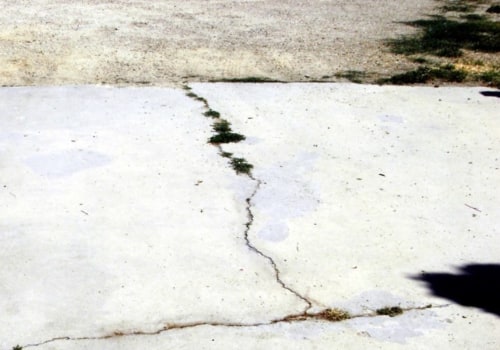
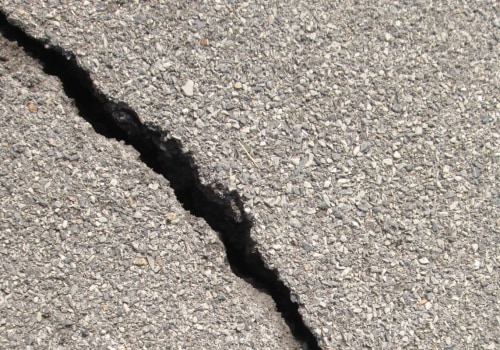
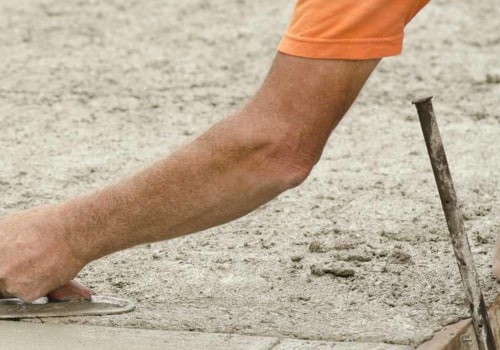
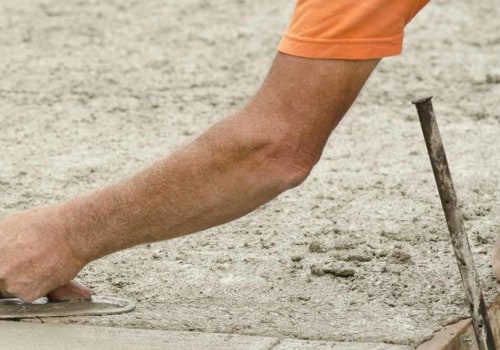
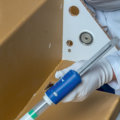

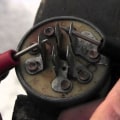
Leave Reply